How I Take Care of a Moose
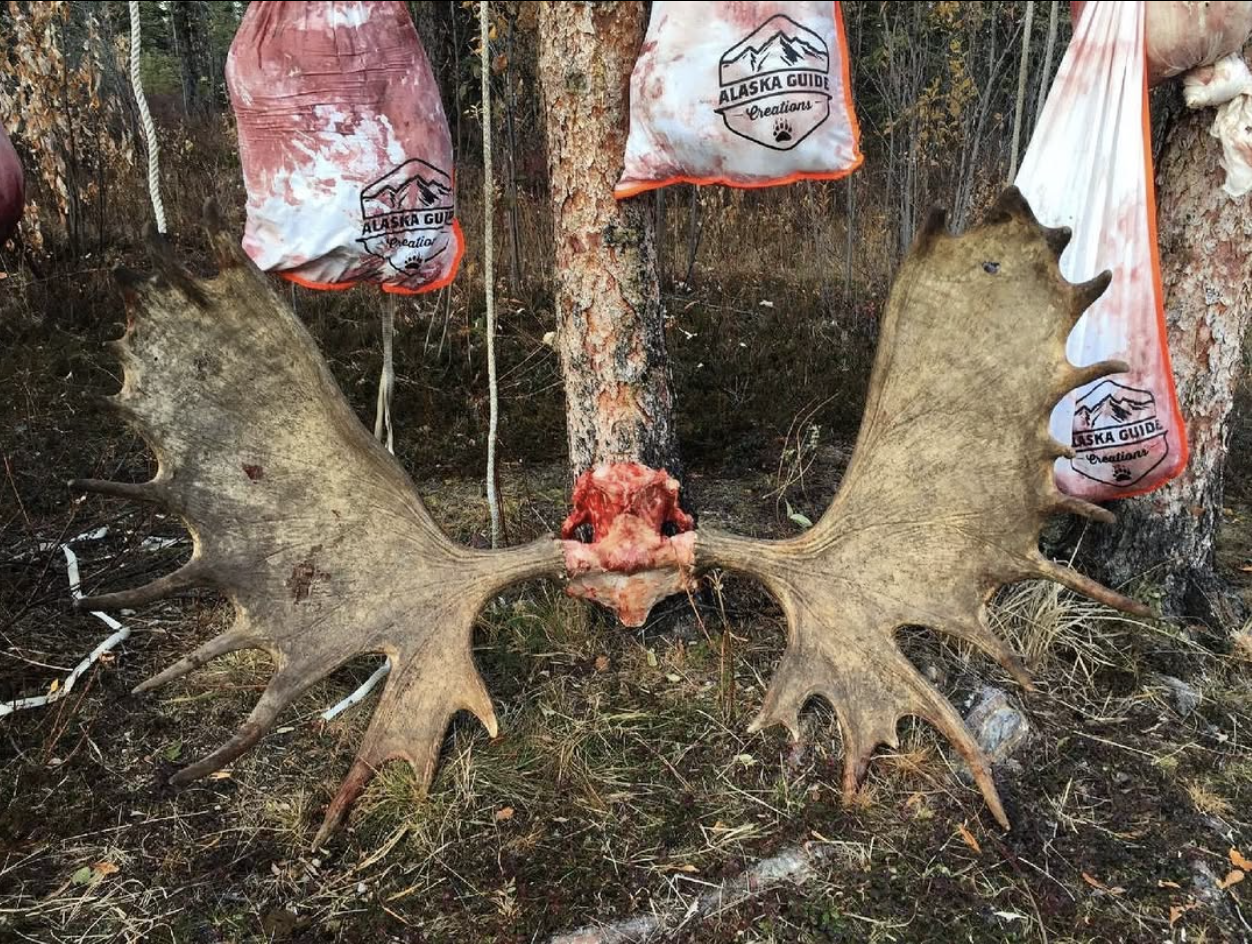
The last time I bought my moose tag the man at the register told me that moose hunting was like being married. It is a lot of fun at first but it’s also a lot of work. He was right, but if you enjoy your work, you never really work a day in your life, and I am not married! In Alaska my favorite hunting grounds are in the Alaska Range. It is the prettiest place I have ever been. I love the fall season the most. The colors are so beautiful with a wide range of yellows, reds and greens. It is a time change in Alaska. Time to transition into the coming of winter. There is a coolness in the crisp clean air. The mountain tops are covered with snow, quickly working its way down the steep slopes. The days a quickly becoming shorter. The Arctic will soon be without any sunlight for two months. Sandhill cranes and geese by the thousands are heading south along with other migratory birds, and best of all it is hunting season.
A lot of the Alaska Range is open country so one can get on a vantage point with good optics on a tripod and really see forever. I love to spot and observe animals miles away. Often when I finally find a good bull moose, I almost don’t want to hike miles out after him because I enjoy watching so many animals in their natural environment. In the same hour I have often watched sheep, moose, caribou, grizzly and wolves. It is way better than the movies! Alaska Range seems to have much better weather than other areas of the state. Alaska is a big state with many different weather patterns. Some places get 200 inches of rain a year while the Arctic gets about 10 inches per year. The forest and undergrowth can be so thick you hardly walk through it. Then there are places where you don’t have a tree growing for hundreds of miles. I like the Alaska Range as it has a little of everything.
During the rut, calling is a very effective way to hunt. After a bull rubs the velvet off his antlers you can spot them several miles away because the inside of the antler is almost white. Way out antlers sometimes look like little white butterflies through your glass. Alaska moose are easily twice as big as an average bull elk. A large hind quarter can weigh 140 lbs. The first-time hunters who have hunted nothing but deer are a bit overwhelmed once they knock down a huge moose. Taking care of and packing a moose out is a big job. It is much more enjoyable when you have a team effort.
The first thing I do when I shoot a moose is punch the tag and put it inside a Ziploc bag. I use electrical tape to fasten it tight to the antler. I have been checked by fish and wildlife out in the middle of nowhere before. No need to be cited for something that just takes a minute to do. I keep my moose tag and license in my bino pack. That way I don’t lose it and then I attach it to the antlers with electrical tape. Many times after killing a moose I climb up in a spruce tree near the moose and hang a fluorescent orange vest to mark our location. I use fluorescent orange surveyor’s tape too as markers. That way our other friends may see it and hopefully come to help us. Usually, they hear shots, and they know what is going on. Sometimes we have walkie talkies, and I call for help, but remember walkie talkies in Alaska can only be used for safety and not for anything pertaining to hunting.
It seems moose always fall in thick willows and brush. I carry light weight titanium Fiskar pruners and trim a 30-foot area around the moose in half an hour. It looks like a golf course when I am done. Well, not exactly, however, one can get good photographs and have room to work on the moose without losing your tools. Every time you set something down it can disappear. I tie orange flagging tape on my knife and saw handlers because they seem to disappear so easily when you set them in the vegetation.
It sure helps to have people on your moose team that are in shape and don’t mind tying on 100 lbs. of moose meat on their pack frame. Then they walk for miles through swampy country while wearing rubber boots that don’t give your feet great support.
Once you get a moose down you first you need to get the moose on his back. You may have to tie a leg to a tree to balance everything. Now one guy on each side of the antler, roll the head back with the nose vertical and the antlers under the front of shoulder and try to back them into the tundra for balance. I skin moose out just like bear skin, don’t gut, and try to keep the meat as clean as possible. I usually discourage hunters from making head mounts on moose because I feel head mounts look more like Bullwinkle and are expensive and a whole lot more work. I honestly feel a horn mount or European skull mount looks better and fits in most houses. If you decide to save the cape for head mount you will have approximately another 50 lbs. to pack out and need to turn the ears, lips and nose, and flesh and salt back at camp. I use a small Victorinox paring knife and they work best. They are cheap and you can have them cut hair quick with a diamond steel.

I always carried some moose bags and saws in my pack (our AGC XL Game Bag Kits would have been handy back then). Once a bull is skinned out, cut the head off below the jaw at atlas joint with a knife. Just like any other game animal. It takes a little practice to find the joint and helps to move the head a bit. Now the moose carcass is lying on the side on the hide. Carefully cut the hind quarter off at the hip ball joint. Check the regs. In Alaska you are required to leave a testicle attached to each hind quarter. Next take of the shoulder and the big, beautiful back straps. The neck may be boned out, but you lose a lot of meat that way. I have seen necks in the Yukon that had to be 80 lbs. and neck meat keeps best on the bone, as well as quarters. Now with some help flip the carcass over and do the same on the other side. Then use a regular hacksaw with a course blade for the ribs. I don’t use a regular meat saw on ribs because the blades are so coarse they tend to break the ribs. Broken ribs are very sharp and dangerous. With a finer blade on a hacksaw, I saw fast and with no pressure and the ribs don’t break so easily. I use the coarse blade made for hacksaws approximately 24 teeth per inch. You can cut through the brisket with your knife or saw. One inch to the left or right of the brisket there is a natural joint that is easiest to go through. The ribs are big and very tasty. I never gut a moose, too much work and when I am done only guts are left. I carefully move the guts and reach in and pull upper and lower tenderloins which is the best meat ever and first to eat in camp. I save the heart and the tongue.
When the bulls are in the rut the liver is white, and I leave it for other animals. The moose liver is so big it almost will fill a washtub. There are times when you may have to quickly gut a moose and cut off quarters with hair on to get rid of body heat and you are in a bind when it is late and dark. It doesn’t take very long for moose meat to sour. Even when it is cold a moose will sour overnight if not quartered and taken care of quickly. There is so much body mass that traps the heat. Alaska fish and game is very serious about hunters not wasting moose meat.
I remember hearing a story of some firemen after 9/11 that came to Alaska, and they were in top shape and good hunters and killed a bull. It was a long way back in and rough swampy country. They packed out 4 quarters and the back straps but failed to bring out the neck and rib meat. The fish and game found the carcass and ended up fining them thousands of dollars. I don’t know the facts but, bottom line, you don’t waste moose meat, or any meat, in Alaska. It is kind of a joke, but I have heard you get in less trouble beating your wife than wasting moose meat in Alaska! It is great to have plenty of help moose hunting but too many people skinning and excitement can be dangerous with razor sharp knives so be very careful.
I carry a little carpenter’s shark teeth saw. They work great for sawing horns off. There are two bones in each front leg of the moose. They look a little like a grizzly bears oosik but are a bit bigger. I save them and clean them up and they make the greatest little letter openers and make great gifts. I used to use a Camptrails freighter pack frame which I installed tiedowns. I would use paracord or halibut cord and tightly lash quarters perfectly balanced on the frame. We would get back to camp and hang quarters up with halibut cord and then pull off bloody meat bags and put fresh clean meat bags over quarter loosely, so it breathes better and is not blood soaked. I would wash off all blood meat bags in the river I would use black electrical tape to seal the bag at the top to keep flies out early in the season. You need to make a ladder to hang the meat high enough to keep the bears out. Sometimes I would leave a portable radio next to the meat at night to discourage the bears.
The best way to hang a heavy moose neck. Cut a willow about the size of an arrow and tie parachute chord to the end, thread the willow through the center of the vertebrae and pull out the opposite end and pull the chord through it. It is the best way; I have hung over 50 moose necks up this way and it really works well. Don Bunker showed me this trick when we were on a moose hunt on the Yukon River, see “Dad's Moose Hunt.” Don’t ever put warm meat in plastic bags. It won’t breathe at all. Sometime hours before the bush plane comes to fly us out, we bone out the quarters and shoulders to lighten the load. During moose season Alaskan bush pilots are usually stressed with the weather, too many flights and too much weight. It is marginal flying in and out of marginal airstrips. Best to have all your gear to a minimum, well packed and organized and do what the pilots say.
Happy Hunting!

Jaret Owens - 805-551-6815
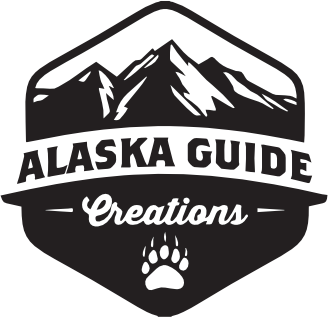
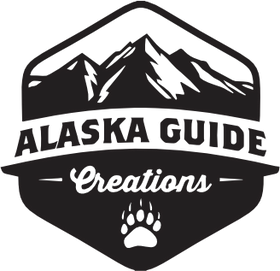
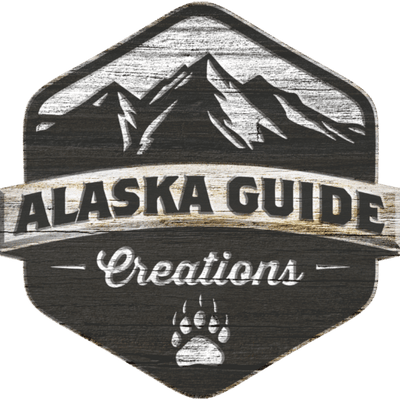
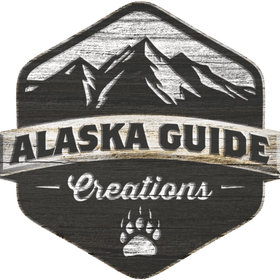
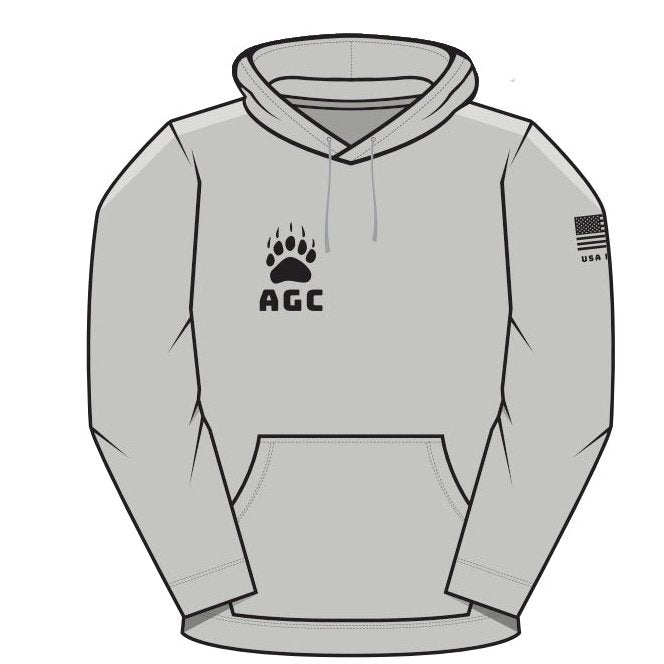
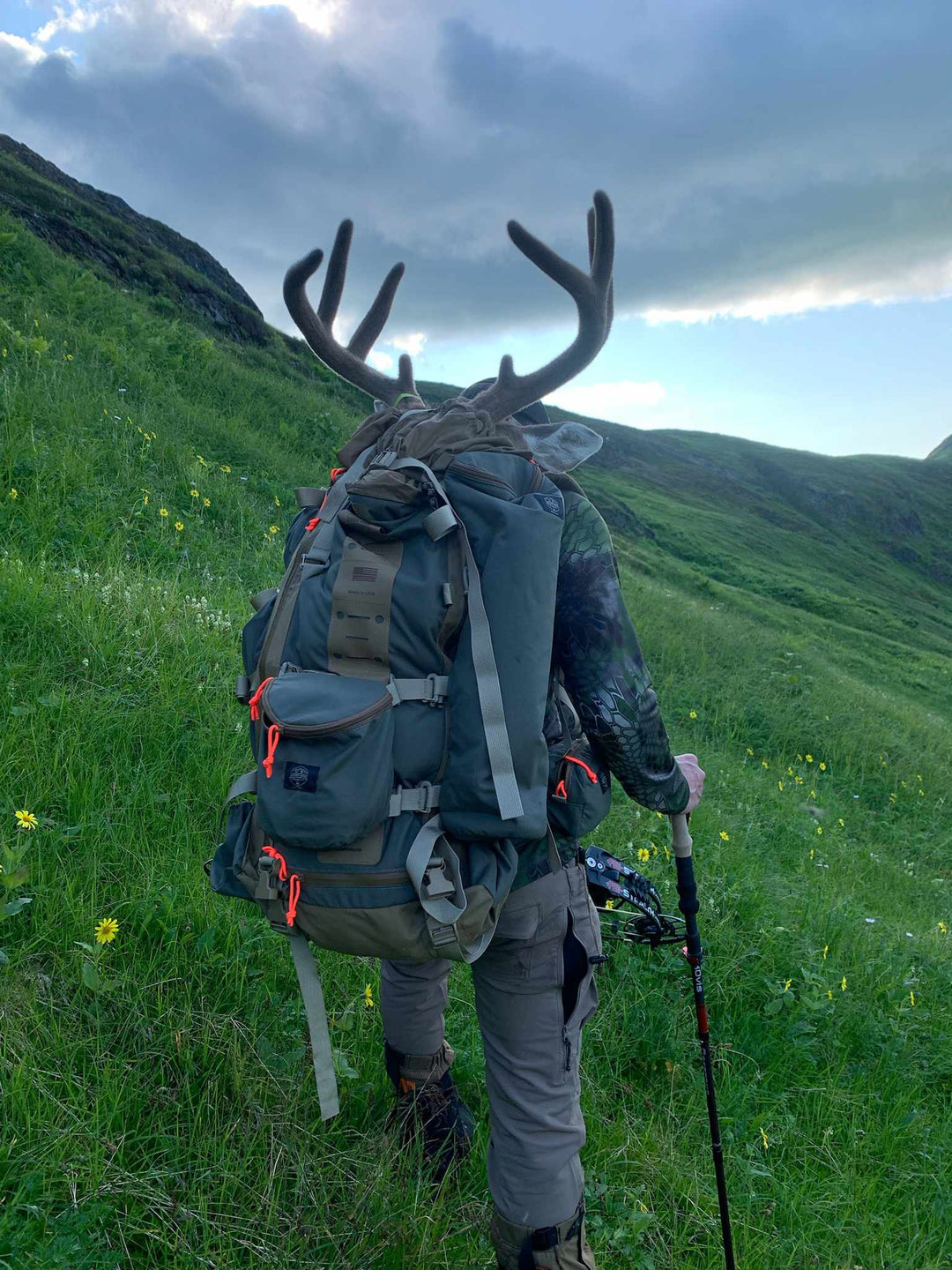
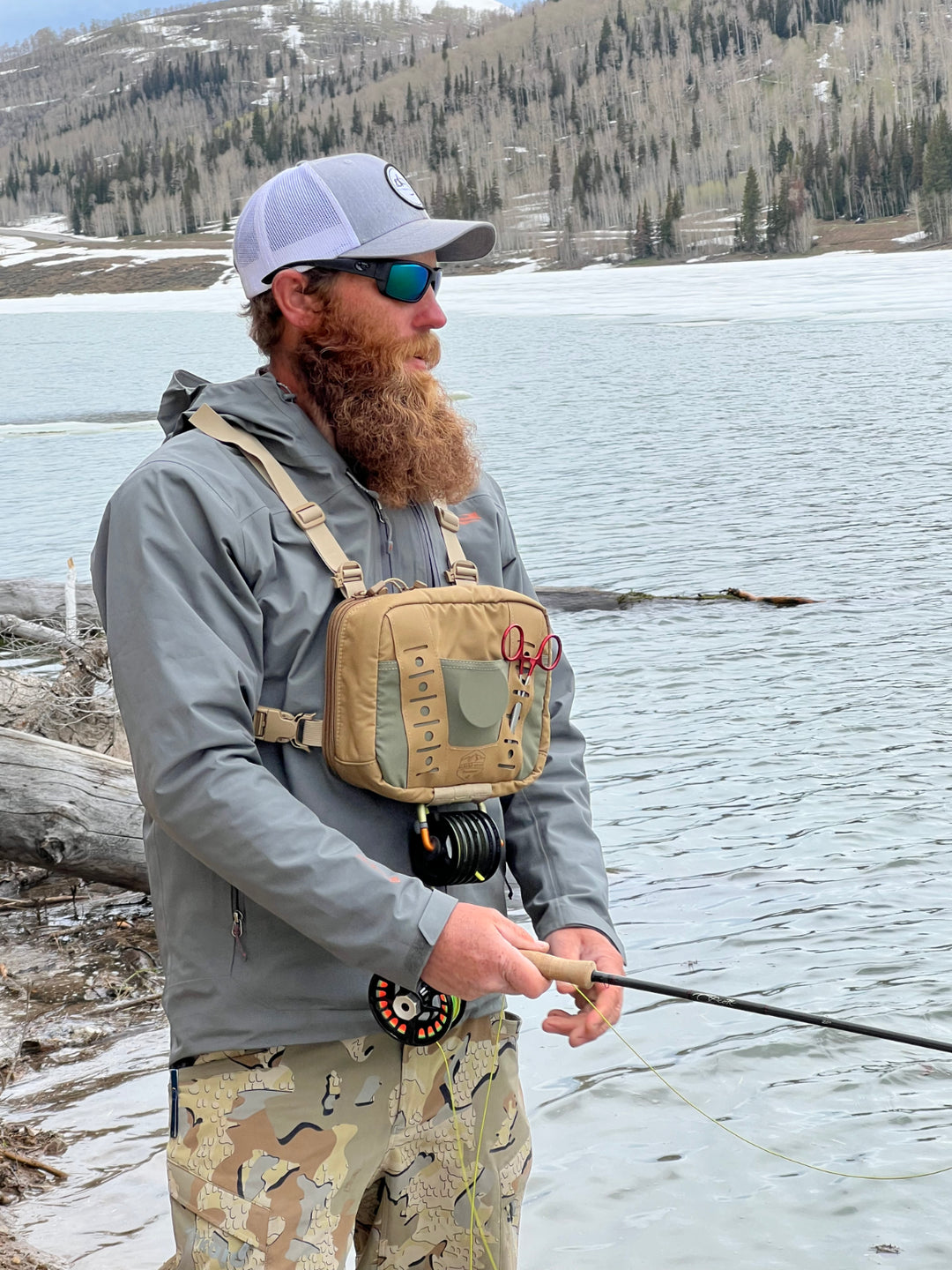
Leave a comment